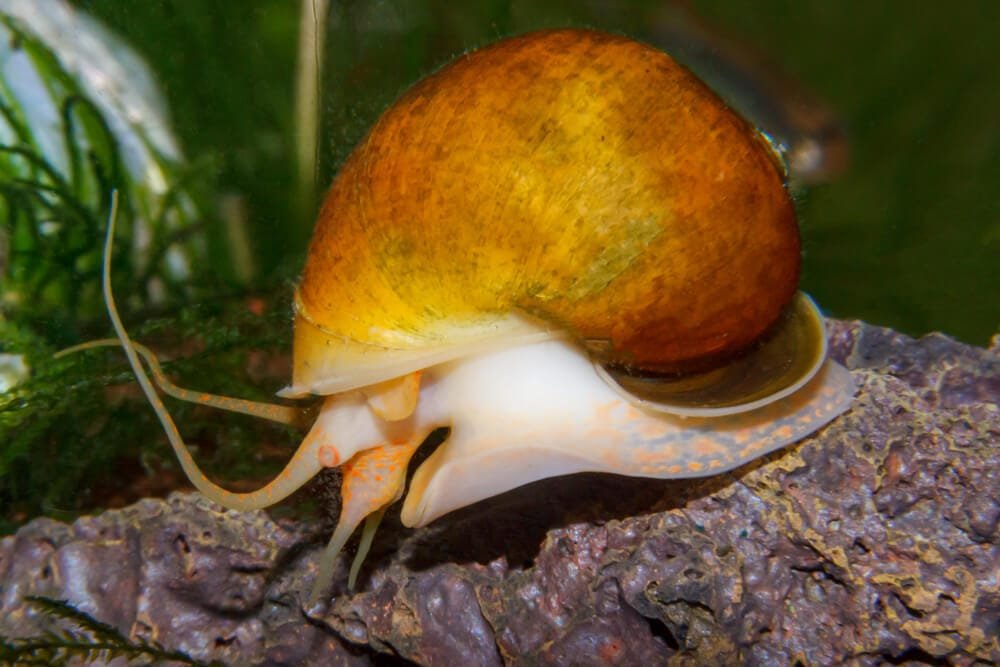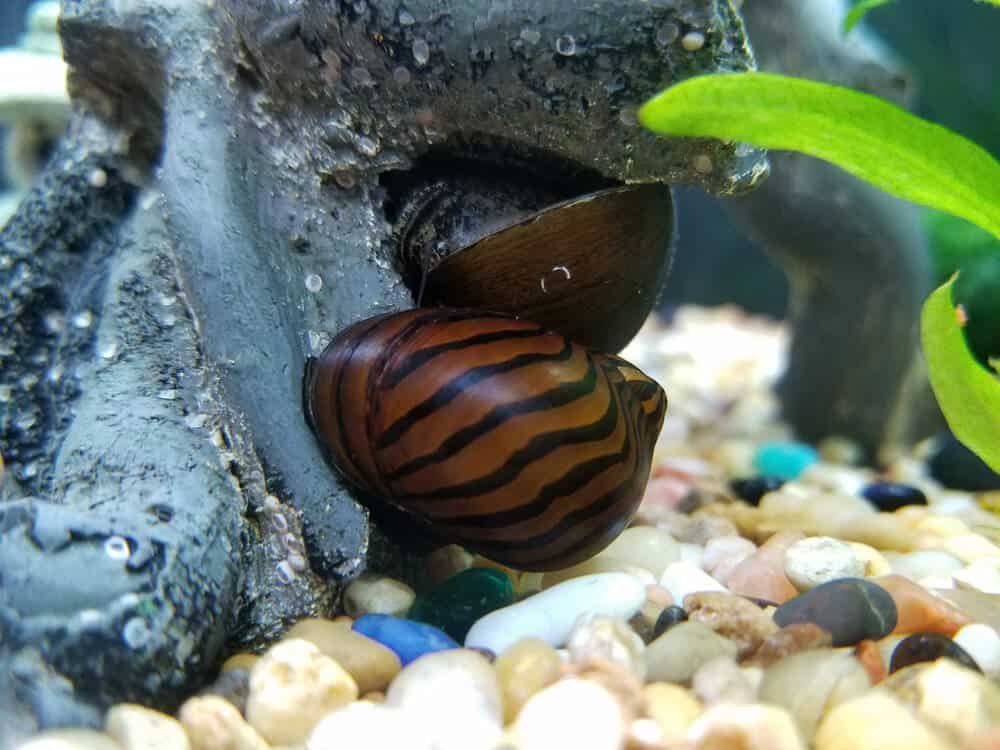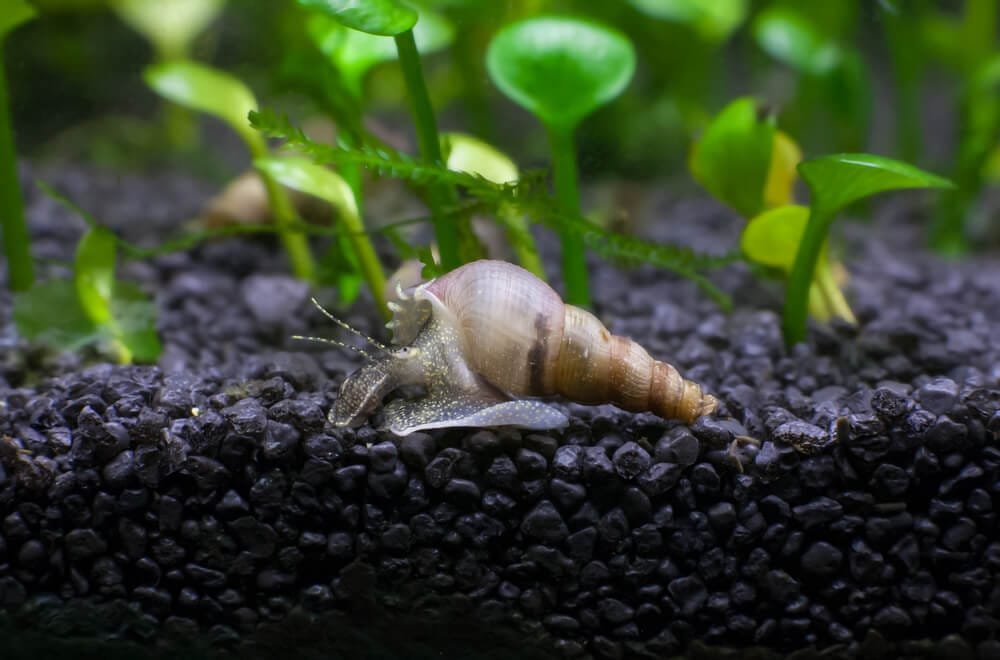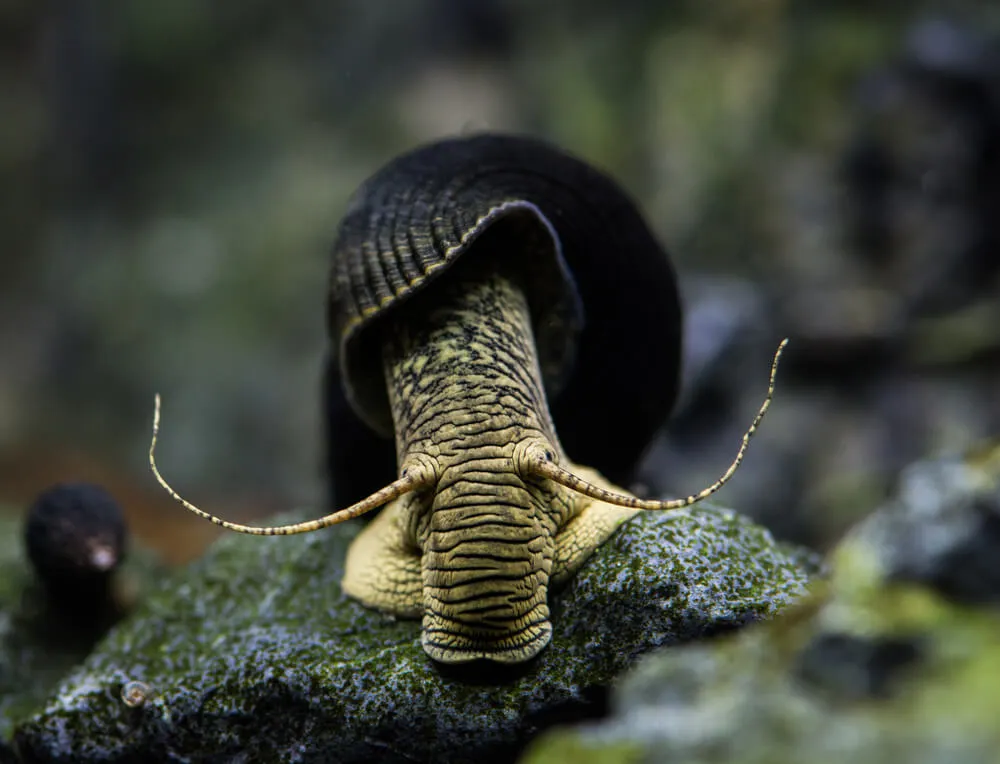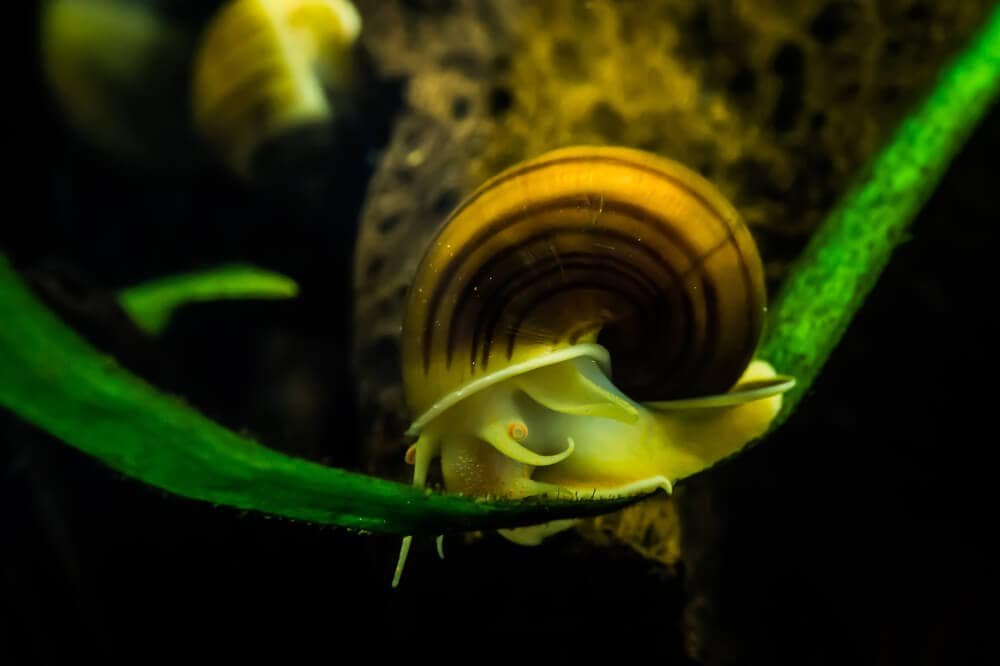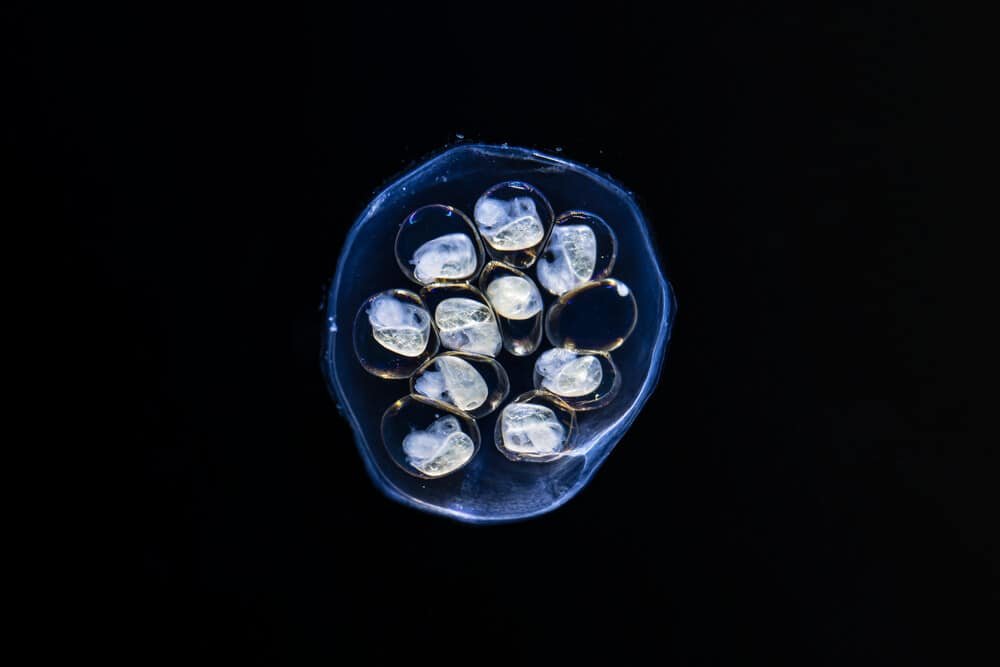Trumpet Snail Guide: Habitat, Care and Benefits
Have you ever heard of the unique and fascinating creature known as the Trumpet Snail? This extraordinary little creature, also called the Malaysian Trumpet Snail or the Malaysian Trumpet Snail, is a freshwater gastropod known for its signature spiral-shaped shell and its ability to thrive in a wide range of aquatic environments. With its distinctive appearance and interesting behaviors, the Trumpet Snail is sure to leave you intrigued and wanting to learn more.
Trumpet Snail
Welcome to the world of trumpet snails! These fascinating creatures are a common sight in freshwater habitats all around the globe. With their unique physical characteristics, interesting behavior, and important role in ecosystems, trumpet snails are truly remarkable. Whether you’re a curious nature lover or considering keeping them as pets, this article will provide you with all the information you need to know about these little mollusks.
Description
Trumpet snails, also known as malaysian trumpet snails or MTS, are small gastropods that belong to the Thiaridae family. They have conical shells that resemble miniature trumpets, hence their name. These shells can vary in color, ranging from pale yellow to dark brown or even black. The size of the shells typically ranges between 3 to 4 centimeters, but some individuals can grow up to 5 centimeters.
Habitat
Trumpet snails are highly adaptable and can be found in a variety of aquatic environments. They thrive in both stagnant and flowing waters, including ponds, lakes, rivers, and even aquariums. These snails have a remarkable ability to tolerate different water conditions, from freshwater to brackish water. Additionally, they can survive in a wide range of temperatures, making them well-suited to various climates.
Physical Characteristics
One of the most distinctive features of trumpet snails is their conical shell. The shell is spiraled with ridges, providing both protection and support for the snail. It grows as the snail matures, with each new layer adding to its length. The shell is composed of calcium carbonate, which gives it its hard and sturdy structure.
The body of a trumpet snail is soft and muscular, enabling it to move and burrow in the substrate of its habitat. It has two pairs of tentacles, with the longer pair located on its head. These tentacles are used for sensing the environment, detecting food, and exploring the surroundings. The snail also possesses a siphon, which it can extend to reach the water’s surface for respiration.
Behavior
Trumpet snails are nocturnal creatures, meaning they are most active during the night and tend to hide during the day. They exhibit both solitary and social behavior, often forming small groups or colonies. These snails are excellent burrowers, using their muscular foot to dig tunnels in the substrate. Burrowing helps them find shelter, regulate temperature, and locate food sources.
If you observe trumpet snails in an aquarium, you might notice their unique ability to extend and retract their bodies. This telescoping behavior is a fascinating adaptation that allows them to navigate their environment effectively. It’s truly a sight to behold!
Feeding Habits
Trumpet snails are primarily detritivores, meaning they feed on decaying organic matter and debris found in their habitat. They play an essential role in the ecosystem by helping to break down dead plants and animals, thereby recycling nutrients back into the ecosystem. In addition to detritus, trumpet snails also consume microscopic algae and bacteria, further contributing to nutrient cycling.
These snails use their radula, a tongue-like organ with tiny teeth, to scrape and graze on surfaces. They feed by rasping away at algae-covered rocks, aquatic plants, and even aquarium glass. Their feeding activity can help prevent algae overgrowth, making them beneficial for maintaining a balanced aquatic environment.
Reproduction
Trumpet snails are simultaneous hermaphrodites, meaning each individual possesses both male and female reproductive organs. This unique characteristic allows them to self-fertilize, although they still require another snail for successful reproduction. They engage in a courtship ritual, during which they exchange sperm packets. Once fertilized, the snails lay capsules filled with eggs in the substrate.
These capsules are oblong in shape and translucent, enabling us to observe the developing embryos inside. After a few weeks, the capsules hatch, releasing miniature versions of the adults into the world. The young snails quickly grow and mature, continuing the cycle of life.
Importance in Ecosystems
Trumpet snails play a vital role in freshwater ecosystems. Their feeding habits help control the growth of algae, preventing blooms that can harm aquatic plants and other organisms. By consuming detritus, they facilitate the decomposition process and contribute to nutrient cycling. In this way, they help maintain a balanced and healthy aquatic environment for all species.
Pest or Beneficial?
The status of trumpet snails as pests or beneficial organisms can vary depending on the context. In natural freshwater ecosystems, they generally fulfill beneficial roles. However, in some situations, such as in aquariums or man-made water features, their populations can increase rapidly and become overwhelming. In such cases, they might be considered pests, particularly if they outcompete desired species or disrupt the balance of the ecosystem.
Keeping Trumpet Snails as Pets
If you’re interested in adding trumpet snails to your aquarium, you’re in luck! These snails are popular pets among aquarists due to their intriguing behavior and multiple benefits. They are relatively low-maintenance, making them suitable for both novice and experienced fishkeepers.
To keep trumpet snails as pets, you will need an appropriately sized aquarium with a suitable substrate for burrowing. Maintain good water quality and provide hiding places, such as rocks or plants, for the snails to feel secure. Additionally, ensure a varied diet that includes algae-based foods, sinking pellets, and occasional fresh vegetables. With proper care, trumpet snails can thrive and make a fascinating addition to your aquatic setup.
Conservation Efforts
While trumpet snails are not currently considered endangered, their populations can be negatively impacted by habitat destruction, pollution, and invasive species. Efforts to conserve their natural habitats and maintain the balance of freshwater ecosystems are crucial for ensuring the long-term survival of these remarkable creatures. By understanding their ecological importance and appreciating their unique qualities, we can contribute to their conservation and protect their place in the natural world.
In conclusion, trumpet snails are incredible creatures that deserve our admiration and attention. From their distinctive conical shells to their valuable contributions to aquatic ecosystems, these snails have much to offer. Whether you encounter them in the wild, consider keeping them as pets, or participate in conservation efforts, trumpet snails are sure to captivate both your imagination and your heart. Enjoy the wonders of the trumpet snail and the marvelous world they inhabit!
